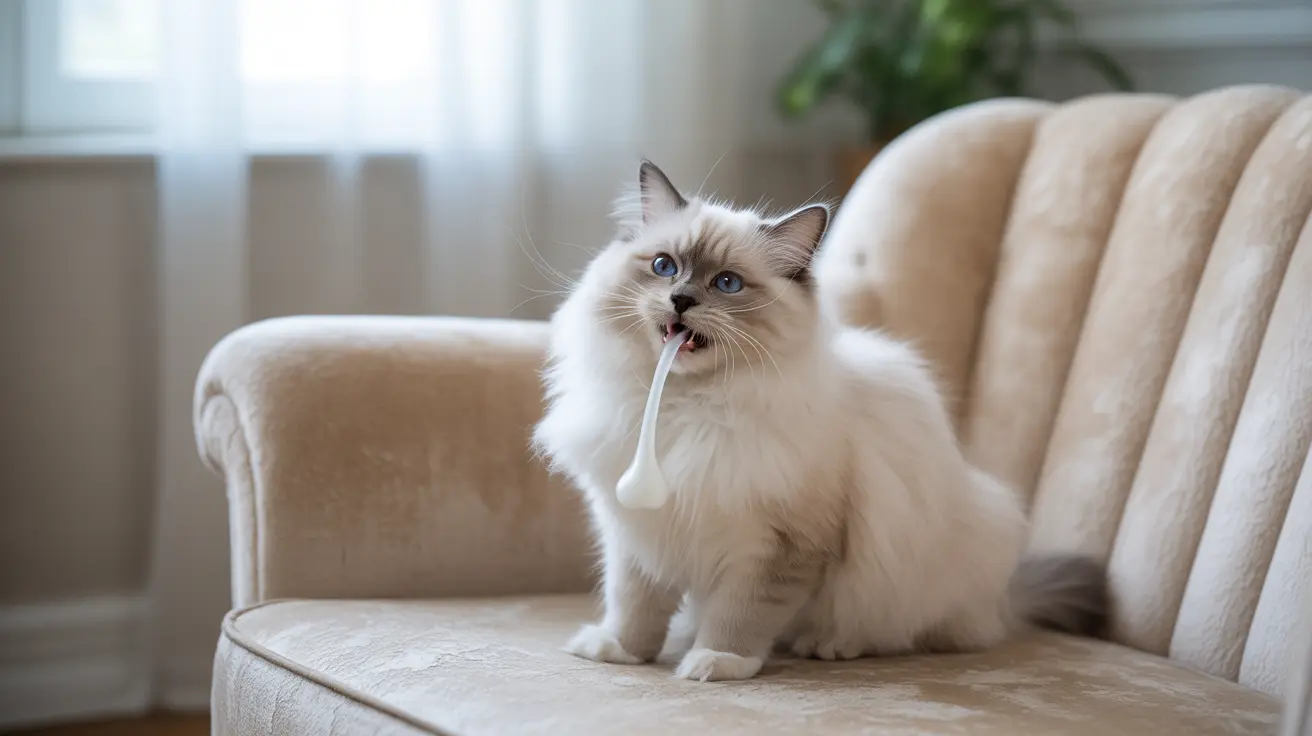Recognizing the First Signs of Feline Leukemia in Cats
Feline leukemia virus (FeLV) is one of the most common infectious diseases affecting cats worldwide. Since the virus compromises the immune system, cats infected with FeLV are more susceptible to a range of secondary infections and conditions that can significantly affect their quality of life. Recognizing the early symptoms of feline leukemia is critical to providing prompt and effective veterinary care.
What Is Feline Leukemia Virus (FeLV)?
FeLV is a retrovirus that disrupts a cat’s immune system and increases the risk of certain cancers such as lymphoma. It spreads through saliva, nasal secretions, urine, feces, and milk from infected cats. Close contact, such as grooming or sharing food and water bowls, typically facilitates transmission among cats.
First Signs of Feline Leukemia in Cats
The early symptoms can be subtle and may vary, but common signs include:
- Lethargy: An infected cat may lose interest in play or social interaction and sleep more than usual.
- Loss of Appetite: Decreased interest in food can occur as the disease progresses.
- Weight Loss: Often gradual and persistent.
- Pale Gums: Indicative of anemia, a frequent complication of FeLV.
- Recurring Infections: Including respiratory or skin infections, due to immune suppression.
- Persistent Fever: Low-grade, unresolving fevers might be a warning sign.
- Swollen Lymph Nodes: May be noted during a physical examination by a vet.
- Diarrhea or Other Digestive Issues: May point to gastrointestinal complications tied to the virus.
Secondary Symptoms and Progression
As the disease advances, more severe symptoms can emerge:
- Jaundice: Yellowing of the skin and eyes, pointing to liver involvement.
- Neurological Issues: Such as behavior changes or seizures.
- Stomatitis: Painful inflammation in the cat's mouth, making eating difficult.
- Chronic Respiratory Infections: Due to a weakened immune response.
- Cancer: Particularly lymphomas and leukemias may develop in later stages.
Diagnosis and Veterinary Care
If a cat displays early symptoms, a vet will recommend specific tests:
- ELISA (Enzyme-linked immunosorbent assay): A blood test for immediate FeLV detection.
- IFA (Immunofluorescent antibody test): Confirms persistent infection, typically run after an initial ELISA-positive result.
- Complete Blood Count (CBC): To evaluate anemia or abnormal white blood cell count.
- Biochemical Panel and Urinalysis: To assess organ function and rule out concurrent diseases.
Preventing Feline Leukemia
Prevention remains the most effective way to deal with FeLV:
- Vaccination: Available and typically offered to high-risk cats.
- Testing New Additions: Every new cat entering a household should be tested.
- Keep Cats Indoors: Reduces risk of contact with infected cats.
- Good Hygiene: Regularly clean food and water bowls, litter boxes, and bedding.
Lifestyle Management for Infected Cats
While there is no cure, infected cats can live fulfilling lives with proper care:
- Regular Vet Visits: Monitor for complications and manage symptoms early.
- Balanced Nutrition: High-quality, immune-supportive diets help maintain health.
- Stress Reduction: A calm environment helps minimize the impacts of illness.
- Avoid Exposure to Pathogens: FeLV-infected cats should be the only pet or housed with other FeLV-positive cats to prevent illness transmission.
Conclusion
Understanding the first signs of feline leukemia empowers cat owners to act promptly. Early detection can extend the lifespan and improve the well-being of infected cats. Always consult a veterinarian if your cat displays symptoms such as lethargy, weight loss, or recurring infections. With vigilant care and a controlled environment, even FeLV-positive cats can enjoy many years of comfort and companionship.





